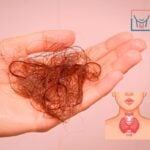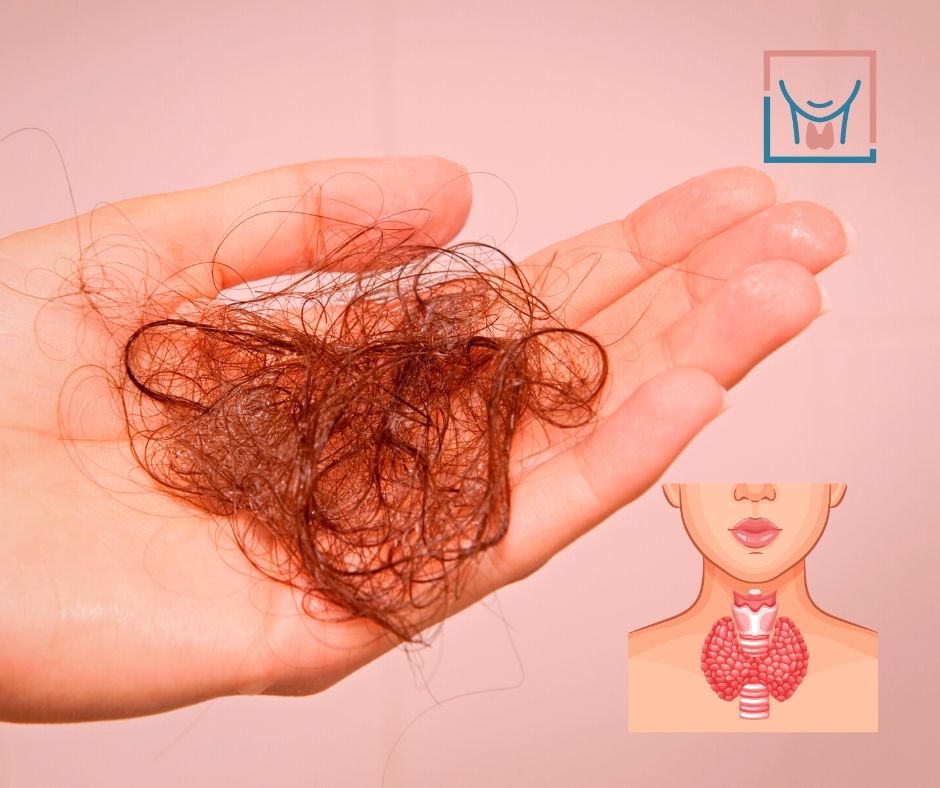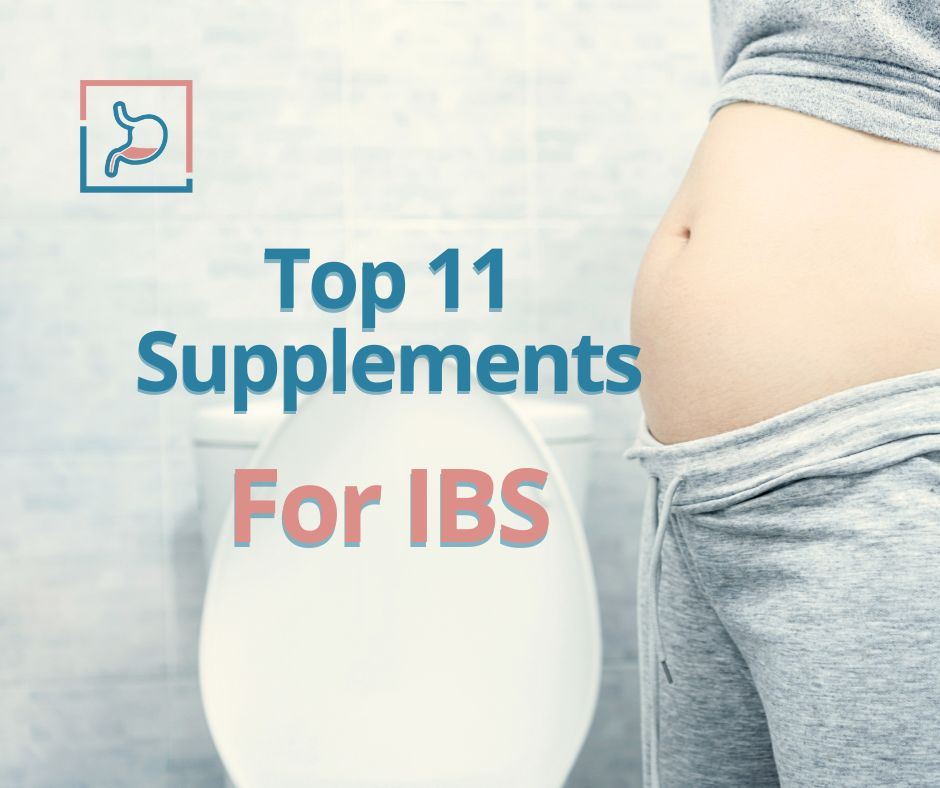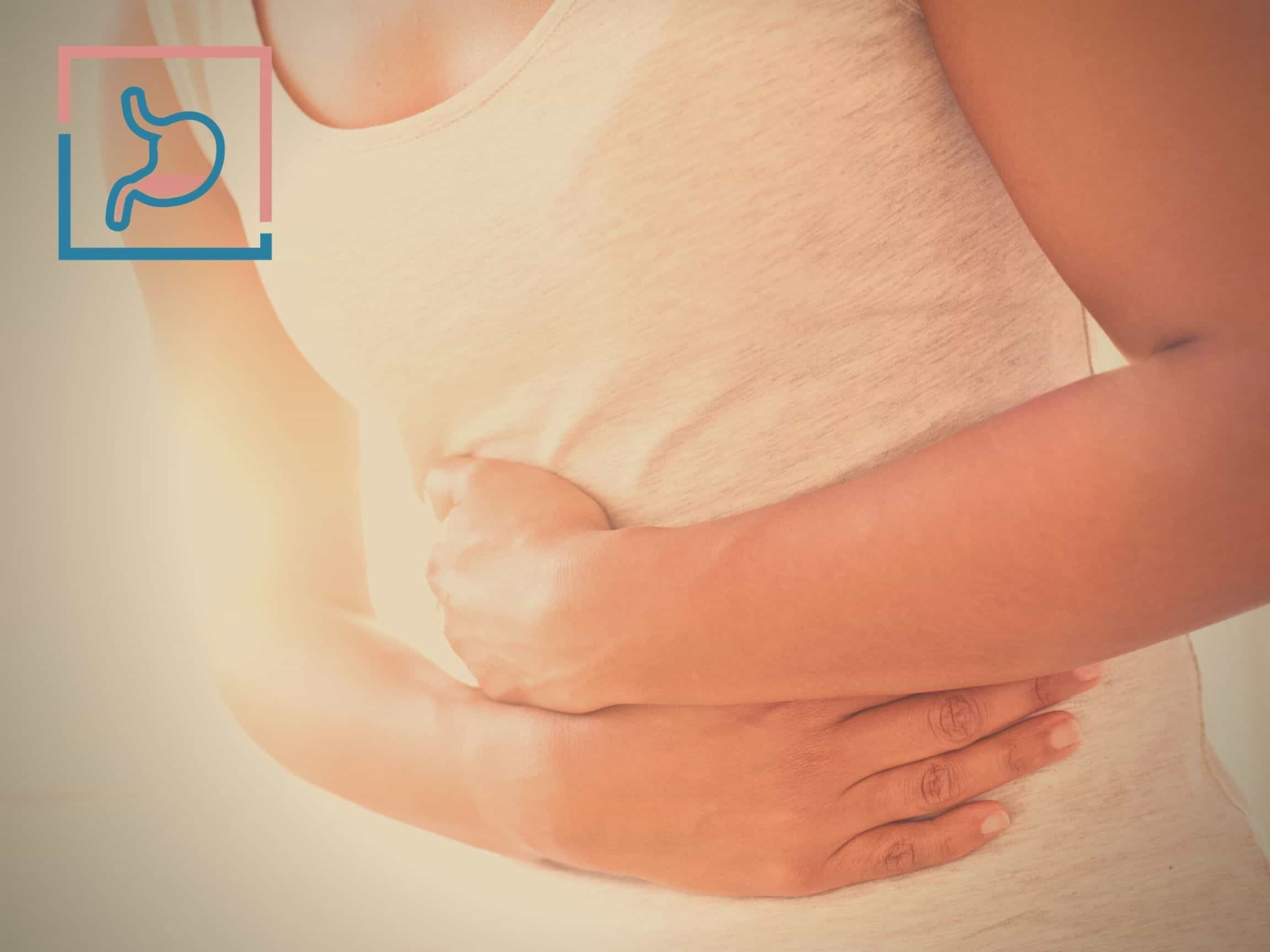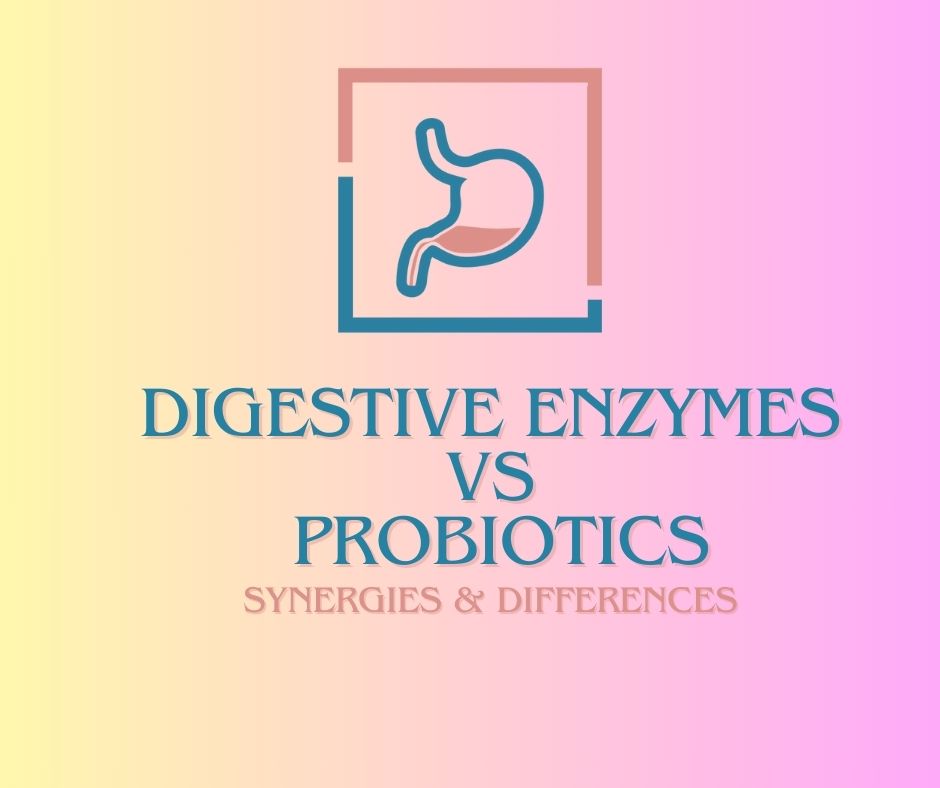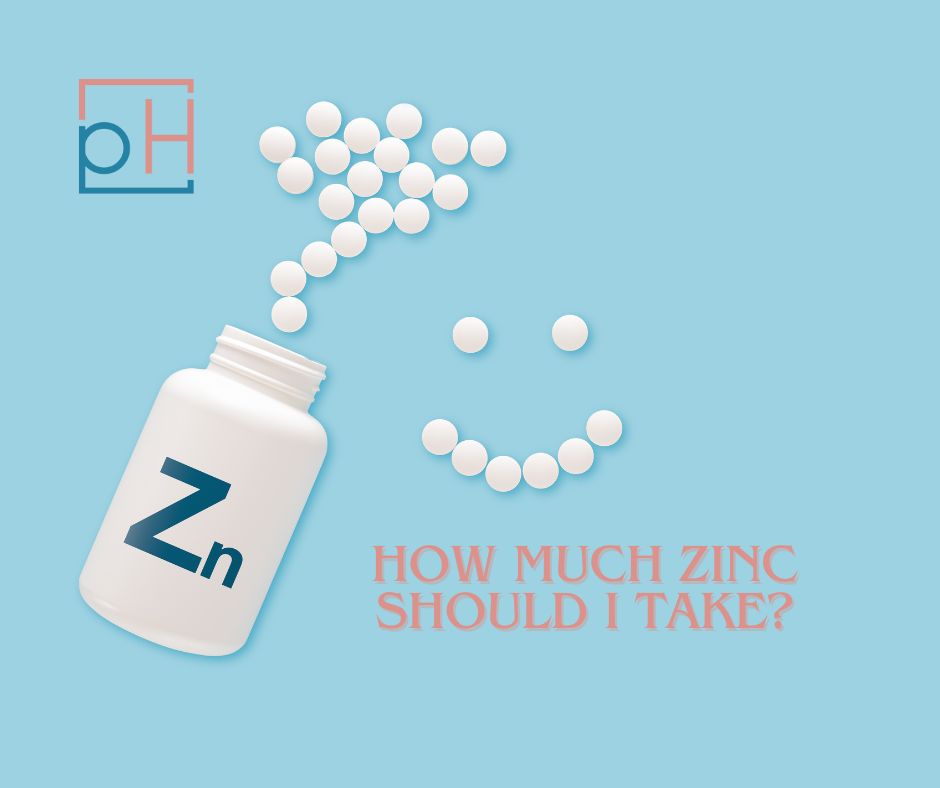Hypothyroidism affects millions of people every year, and many doctors claim it is usually irreversible. Much of the time, people referring to hypothyroidism are talking about primary hypothyroidism, or a disorder of the thyroid gland.
However, secondary hypothyroidism is a much rarer disorder. Below, we will talk about what secondary hypothyroidism is, how it’s different from other thyroid diseases, and how to permanently reverse hypothyroidism.
If you may have secondary hypothyroidism, sign up here for a free phone consultation with our team! Continue reading to learn more about this rare disease.
What is secondary hypothyroidism?
Also called “hypothyroidism secondary,” secondary hypothyroidism is a condition in which the pituitary gland is underactive. Your pituitary gland is supposed to secrete a hormone that stimulates your thyroid gland, but sometimes your pituitary gland doesn’t function perfectly.
Your pituitary gland produces and secretes hormones like prolactin (the milk hormone), growth hormone, and thyroid-stimulating hormone (TSH). No surprise, TSH stimulates your thyroid to work correctly.
In secondary hypothyroidism, your pituitary gland does not release enough TSH — also called thyrotropin — to stimulate your thyroid to produce its thyroid hormones. This TSH deficiency leads to adverse symptoms similar to primary hypothyroidism, but treatment for this disorder is very different.
Secondary hypothyroidism due to underactivity of the pituitary gland (or hypothalamus) thyroid-stimulating hormone 1 in 1,000 hypothyroid cases. Its incidence is very low.
How many people are affected by secondary hypothyroidism? Between one in 80,000 and one in 120,000 people are affected by secondary hypothyroidism. The prevalence is quite rare.
What are the other types of hypothyroidism?
There are 4 basic variations of hypothyroidism: primary hypothyroidism, secondary hypothyroidism, tertiary hypothyroidism, and subclinical hypothyroidism.
- Primary hypothyroidism occurs when your thyroid gland does not produce enough thyroid hormones: triiodothyronine (T3) and thyroxine (T4). Hashimoto’s thyroiditis causes 90% of primary hypothyroidism cases.
- Secondary hypothyroidism, as stated above, is a condition in which the pituitary gland malfunctions, decreasing TSH production and, by extension, T3/T4 levels.
- Tertiary hypothyroidism is when your hypothalamus does not secrete enough thyrotropin-releasing hormone (TRH) to stimulate the pituitary gland, which ultimately leads to an underactive thyroid.
- Subclinical hypothyroidism affects the pituitary gland just like secondary hypothyroidism, but subclinical thyroid dysfunction means too much TSH is produced. In subclinical hypothyroidism, your thyroid hormone levels are within a normal range. Subclinical hypothyroidism frequently clears up on its own. It is often caused by inflammation, like that experienced during a hospital stay. All other types of hypothyroidism besides this one can be called “overt hypothyroidism.”
How do primary and secondary hypothyroidism differ? Primary and secondary hypothyroidism differ in that your pituitary gland properly functions in normal primary hypothyroidism, whereas it does not in secondary hypothyroidism.
How can you tell the difference between secondary and tertiary hypothyroidism? Your hypothalamus functions properly in secondary hypothyroidism, whereas it does not function the right way in tertiary hypothyroidism.
What is central hypothyroidism?
The term “central hypothyroidism” refers to thyroid disorders that are caused outside the thyroid gland. This generally affects the pituitary, hypothalamus, or hypothalamic-pituitary portal circulation, causing reduced thyroid-stimulating hormone (TSH), thyrotropin-releasing hormone (TRH), or possibly both.
Central hypothyroidism includes secondary and tertiary hypothyroidism.
Signs of Secondary Hypothyroidism
There are several signs and symptoms of hypothyroidism. Since the end result is the same as primary hypothyroidism — thyroid hormone deficiency — the symptoms of secondary hypothyroidism are basically the same.
What are the symptoms of secondary hypothyroidism?
- Goiter (enlarged thyroid)
- Fatigue
- Weight gain
- Cold intolerance
- Constipation
- Muscle soreness
- Joint pain
- Brittle nails
- Thinning hair
- Depression
- Increased cholesterol (moreso in primary hypothyroidism)
- Cardiovascular risk
If allowed to progress, severe hypothyroidism causes more serious symptoms to develop:
- Slowed speech
- Hearing loss
- Flaky, dry skin
- Puffy face
- Hoarseness
- Snoring
- Menstrual disorders
- Myxedema coma
Common Causes & Risk Factors
What causes secondary hypothyroidism? The most common cause of secondary hypothyroidism is a pituitary tumor (such as a pituitary adenoma). This sets it apart from primary hypothyroidism, which is most often caused by an autoimmune disease called Hashimoto’s disease (also known as lymphocytic thyroiditis).
In rare instances, hypothyroidism secondary may occur when inflammatory cells infiltrate the pituitary gland.
Risk factors for secondary hypothyroidism include:
- Age over 50 years old
- Female gender
- Head trauma
- Chronic stress
- Personal or family history of pituitary dysfunction
Congenital hypothyroidism secondary can also occur in newborns. Fortunately, newborn screenings for congenital hypothyroidism are mandated in the United States, so it’s almost always caught early.
How can your doctor diagnose secondary hypothyroidism?
Doctors and healthcare professionals will need to do blood tests to diagnose secondary hypothyroidism — and any thyroid disorder, really.
Some conventional endocrine doctors may only test for TSH levels and free thyroxine (T4) levels. Other healthcare providers might use a thyroid function test to diagnose thyroid disease.
A thyroid function test makes sure that TSH secretion is at normal serum levels and that you don’t have low thyroid hormone levels.
However, we at PrimeHealth take a more comprehensive approach to diagnosis. With blood tests, we will assess:
- Serum TSH
- Total T4/T3
- Free T4/T3
- Reverse T3
- Thyroid-binding globulin
- Thyroid-stimulating immunoglobulin
- Anti-thyroid peroxidase (TPO) antibody and anti-thyroglobulin antibody (Hashimoto’s antibodies)
The normal range of TSH levels should stay in between 0.4 mIU/L and 4.0 mIU/L (milli-international units per liter). Optimal TSH levels should be between 0.5 mIU/L and 2.5 mIU/L. Abnormalities can mean trouble.
Here are some unique situations which will affect our approach to diagnosing thyroid problems:
- Cancer or history of cancer
- Pregnant women
- Breastfeeding
- Adrenal insufficiency
- Hyperthyroidism medication
Though diagnosis may take hours of medical investigation, we believe plans should be tailored to each individual patient. These more detailed data points allow us to truly personalize medical treatment.
Treatment of Secondary Hypothyroidism
Here at PrimeHealth in Denver, CO, we believe that you can permanently reverse hypothyroidism. Whereas many conventional endocrinologists say that hypothyroidism is often irreversible, our patients have responded to PrimeHealth’s treatment plans very well.
All of our hypothyroid patients are unique and have very unique needs. Their treatment plans are always personalized to reflect that.
How do you treat secondary hypothyroidism naturally? Natural treatment of hypothyroidism secondary can be broken into 3 parts:
- Dietary changes
- Lifestyle changes
- Medications
Hypothyroidism Diet
For most cases of hypothyroidism, we recommend an Autoimmune Paleo Diet for a period of 1-6 months.
This not only encourages you to eat only the healthiest foods for your body, but it eliminates potential food allergens and inflammatory ingredients.
Foods to Eat
- High quality protein like grass-fed meat and wild-caught fish
- Non-nightshade vegetables
- Cruciferous vegetables
- Herbs like garlic, turmeric
- Gelatin, bone broth
- Green tea
- Kombucha
- Apple cider vinegar
- Small amounts of honey, maple syrup, and fruits
Foods to Avoid
- Dairy
- Grains
- Nuts, seeds
- Beans, legumes (because of lectin)
- Chocolate
- Sugars
- Alternative sweeteners
- Nightshade vegetables
- Vegetable oil, canola oil
- Alcohol
- Processed foods
Join our online Prime Gut Course, which is filled with immediate action steps to help you optimize your thyroid for life.
Lifestyle Changes
Some simple lifestyle changes can bring about noticeable improvements to your quality of life when you live with secondary hypothyroidism.
Stress can trigger a thyroid disorder. Alleviating that stress can be paramount to pituitary and thyroid health.
Meditation is a great way to relieve stress. Also, going outside and breathing fresh air often can combat daily stress.
It’s important to get 7-8 hours of sleep. Here are some tips on how to get the best sleep:
- Turn off technology an hour before bed (because of blue light) (Use code PRIMEHEALTH for 10% off of our favorite blue-light blocking glasses by Ra Optics)
- Don’t exercise within 2 hours of bedtime
- Take a hot epsom salt bath or shower before bed
Medications
Though pharmaceuticals are a last resort, there are several medications that possess few side effects and can be individualized for unique patient cases.
Though side effects can be severe for hormone therapy in the long run, hormone replacement therapy (HRT) may be necessary to get your body the thyroid hormones it requires.
A popular thyroid hormone replacement drug is levothyroxine. It is the most common pharmaceutical prescribed for hypothyroidism of any kind. However, levothyroxine can come with a whole host of side effects in certain people:
- Heart attack
- Migraine
- Anxiety
- Alopecia
- Heat intolerance
- Diarrhea
- Fatigue
- Insomnia
If we feel medication is safe and necessary, we might suggest a compounded synthetic combination of T3 and T4 hormones, levothyroxine, or dessicated thyroid medication, depending on the situation.
Thyroid hormone receptor-β selective agonists may also treat metabolic disorders, but animal models exhibit some toxicity. We realize there are risks associated with thyroid hormone medication
It’s important to consider these other options when trying to optimize thyroid medication and function.
Before Diagnosing Secondary Hypothyroidism…
Other conditions may exhibit similar symptoms. Physicians should look into these before deciding you have secondary hypothyroidism:
- Seasonal affective disorder
- Peritonitis
- Intestinal obstruction, ileus
- Anemia
- Drug allergy
Future Outlook
Although many conventional endocrinology professionals claim that hypothyroidism is incurable, our evidence to the contrary speaks volumes.
Many of our patients are euthyroid (healthy thyroid function) by the end of our treatment plan. It may take a year, but the future outlook is much brighter than conventional medicine would have you believe.
If you think you have hypothyroidism, sign up here for a free phone consultation with our team!
In Summary, Recovery Is Possible.
Secondary hypothyroidism is a rare disorder that describes an underactive pituitary gland causing an underactive thyroid.
The pituitary gland produces thyroid-stimulating hormone, also called thyrotropin. As you can tell from the name, this pituitary hormone is needed for normal thyroid function.
Symptoms of secondary hypothyroidism include:
- Fatigue
- Muscle and joint pain
- Depression
- Sensitivity to cold
- Constipation
- Puffy face
- Thinning hair, eyebrows
- Hearing loss
- Myxedema coma, in extreme cases
The most common cause of secondary hypothyroidism is a pituitary tumor. Other risk factors include being older than 50, being female, and having a history of pituitary dysfunction.
Diagnosing secondary hypothyroidism should include comprehensive blood testing.
Treatment of secondary hypothyroidism includes a hypothyroidism diet, lifestyle changes, and perhaps medication.
Hypothyroidism is almost always treatable and often reversible. Our patients are our evidence.
Sources
- Persani, L. (2012). Central hypothyroidism: pathogenic, diagnostic, and therapeutic challenges. J Clin Endocrinol Metab, 97(9), 3068-3078. Full text: https://academic.oup.com/jcem/article/97/9/3068/2536827
- Klose, M., Marina, D., Hartoft-Nielsen, M. L., Klefter, O., Gavan, V., Hilsted, L., … & Feldt-Rasmussen, U. (2013). Central hypothyroidism and its replacement have a significant influence on cardiovascular risk factors in adult hypopituitary patients. The Journal of Clinical Endocrinology & Metabolism, 98(9), 3802-3810. Full text: https://academic.oup.com/jcem/article/98/9/3802/2833494
- Benvenga, S., Klose, M., Vita, R., & Feldt-Rasmussen, U. (2018). Less known aspects of central hypothyroidism: Part 1–Acquired etiologies. Journal of clinical & translational endocrinology, 14, 25-33. Full text: https://www.ncbi.nlm.nih.gov/pmc/articles/PMC6205405/
- Freed, D. L. (1999). Do dietary lectins cause disease?: The evidence is suggestive—and raises interesting possibilities for treatment. Full text: https://www.ncbi.nlm.nih.gov/pmc/articles/PMC1115436/
- Olivares, E. L., Silva-Almeida, C., Pestana, F. M., Sonoda-Côrtes, R., Araujo, I. G., Rodrigues, N. C., … & Rocha, F. F. (2012). Social stress-induced hypothyroidism is attenuated by antidepressant treatment in rats. Neuropharmacology, 62(1), 446-456. Abstract: https://www.ncbi.nlm.nih.gov/pubmed/21903114
- Thompson, C. W., Roe, J., Aspinall, P., Mitchell, R., Clow, A., & Miller, D. (2012). More green space is linked to less stress in deprived communities: Evidence from salivary cortisol patterns. Landscape and urban planning, 105(3), 221-229. Full text: https://www.sciencedirect.com/science/article/pii/S0169204611003665
- Hirotsu, C., Tufik, S., & Andersen, M. L. (2015). Interactions between sleep, stress, and metabolism: From physiological to pathological conditions. Sleep Science, 8(3), 143-152. Full text: https://www.ncbi.nlm.nih.gov/pmc/articles/PMC4688585/
- Hatori, M., Gronfier, C., Van Gelder, R. N., Bernstein, P. S., Carreras, J., Panda, S., … & Furukawa, T. (2017). Global rise of potential health hazards caused by blue light-induced circadian disruption in modern aging societies. npj Aging and Mechanisms of Disease, 3(1), 1-3. Full text: https://www.ncbi.nlm.nih.gov/pmc/articles/PMC5473809/
- Eghtedari, B., & Correa, R. (2019). Levothyroxine. In StatPearls [Internet]. StatPearls Publishing. Full text: https://www.ncbi.nlm.nih.gov/books/NBK539808/
Pantos, C., Mourouzis, I., Malliopoulou, V., Paizis, I., Tzeis, S., Moraitis, P., … & Cokkinos, D. V. (2005). Dronedarone administration prevents body weight gain and increases tolerance of the heart to ischemic stress: a possible involvement of thyroid hormone receptor α1. Thyroid: official journal of the American Thyroid Association, 15(1), 16-23. Abstract: https://pubmed.ncbi.nlm.nih.gov/15687816/


